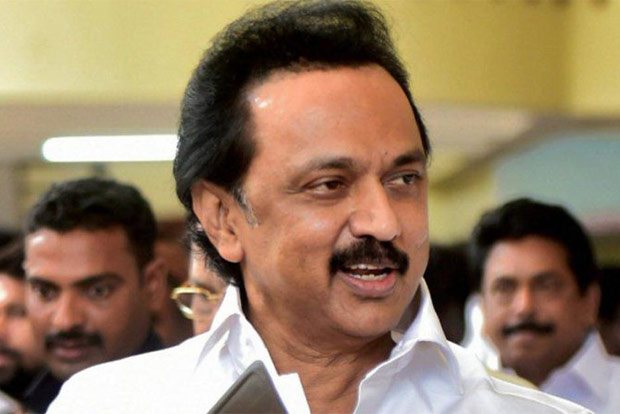Begin typing your search...
Editorial: Breaking down the TN ballot
The DMK-led alliance has emerged as the clear winner in Tamil Nadu, even if its performance fell a little short of what the exit poll surveys had predicted.

Chennai
While there may not have been a wave, there is no denying the existence of a very strong ripple that extended to every part of the State, with the exception of the western belt, the AIADMK’s traditional stronghold. With its victory, the electorate has signalled its preference for MK Stalin, who has plenty of experience as a legislator and administrator, to back him as the new chief minister. With the DMK winning 133 seats, Stalin will enjoy a free hand, and have no compulsion to deal with or manage potentially difficult alliance partners over the next five years.
Parse the vote shares and a couple of things stand out. First, the difference between the two fronts was only a matter of a few percentage points. This suggests that the AMMK, which failed to win a single seat, but managed to secure something like 2.5 per cent of the vote and polled a few thousand ballots in several constituencies, was a fairly big spoiler. A united AIADMK may not have won, but it would have run the DMK very close. Second, Tamil Nadu still remains locked in the dominating grip of the two major Dravidian parties. The theory that a lot of political space would open up following the passing of J Jayalalithaa and M Karunanidhi, who together dominated the electoral landscape, has been belied.
It was believed in some quarters that Kamal Haasan’s MNM, even if it failed to win seats, would put up a robust enough show to demonstrate, in an environment where the electorate seemingly lacked political choice, that it was a contender in the long run. But the results do not support this, with the MNM managing just 2.5 per cent of the vote. Surprisingly, if there is a minor party that has made something of an impact it is Seeman’s Naam Tamilar Katchi. In over 160 seats, it won over 10,000 votes and was placed third in more seats than any other party outside the two alliances. The party’s vote share, at a little under 7 per cent, is substantially higher than how it had performed before, suggesting that it did strike a chord with the voter, particularly the younger lot.
The immediate challenge for Stalin, or any new chief minister for that matter, is the ongoing COVID-19 crisis, and the steps he takes to contain it will be keenly watched. As for Edappadi Palaniswami, the challenge will be to hold his party together over the next five years. It was one thing to be able to do this when in power, but the challenge will be of a different order doing this when out of it – particularly when the party concerned is one founded around a couple of individuals, Jayalalithaa and MGR, who are no more. The political shrewdness he has shown over the last few years and the fact that the AIADMK’s performance was not exactly dismal, could hold him in good stead. The AIADMK’s political future will depend not only on how Stalin’s government performs but also on how it can sustain itself.
Visit news.dtnext.in to explore our interactive epaper!
Download the DT Next app for more exciting features!
Click here for iOS
Click here for Android
Next Story



